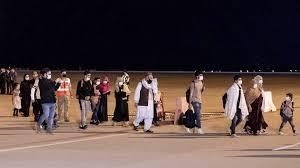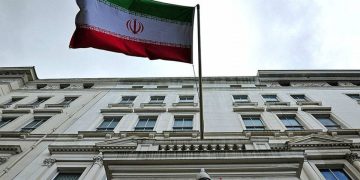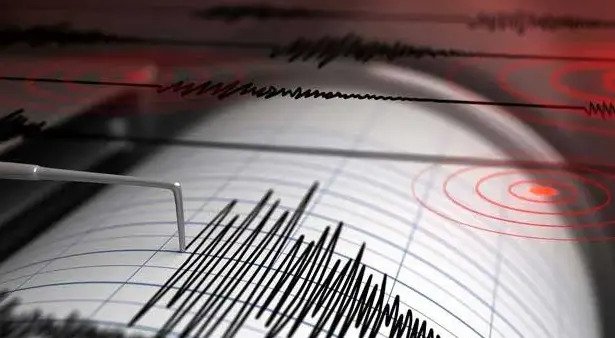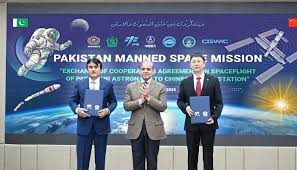National Aeronautics and Space Administration (NASA) for the first time, has discovered water on moon’s sunlit surface.
NASA on Monday, announced that its Stratospheric Observatory for Infrared Astronomy (SOFIA) has discovered water on the sunlit surface of the moon.
The discovery indicates that there are chances that water might be dispersed all across the 14.6 million square miles of lunar surface, unlike the previous assumptions that concluded water residues might be limited to cold and shadowed surfaces.
“SOFIA has detected water molecules (H2O) in Clavius Crater, one of the largest craters visible from Earth, located in the Moon’s southern hemisphere,” read the statement issued by NASA.
Meanwhile, SOFIA has detected water molecules (H2O) in Clavius Crater, one of the largest craters visible from Earth, located in the Moon’s southern hemisphere. Previous observations of the Moon’s surface detected some form of hydrogen, but were unable to distinguish between water and its close chemical relative, hydroxyl (OH).
Data from this location reveal water in concentrations of 100 to 412 parts per million – roughly equivalent to a 12-ounce bottle of water – trapped in a cubic meter of soil spread across the lunar surface.
“We had indications that H2O – the familiar water we know – might be present on the sunlit side of the Moon,” said Paul Hertz – Astrophysics Division in the Science Mission Directorate at NASA Headquarters, Washington.
It is pertinent to know that Sahara Desert has 100 times the amount of water than what SOFIA detected in the lunar soil. Despite the small amounts, the discovery raises new questions about how water is created and how it persists on the harsh, airless lunar surface.
SOFIA – The Flying Observatory
SOFIA, the Stratospheric Observatory for Infrared Astronomy, is a Boeing 747SP aircraft modified to carry a 2.7-meter (106-inch) reflecting telescope (with an effective diameter of 2.5 meters or 100 inches).
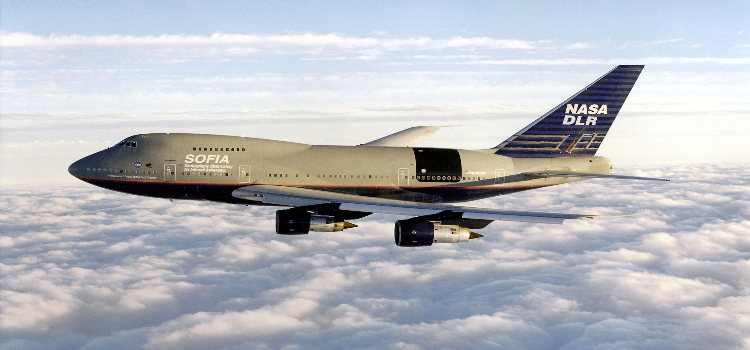
Flying into the stratosphere at 38,000-45,000 feet puts SOFIA above 99 percent of Earth’s infrared-blocking atmosphere, allowing astronomers to study the solar system and beyond in ways that are not possible with ground-based telescopes.
The observatory’s mobility allows researchers to observe from almost anywhere in the world, and enables studies of transient events.
The aircraft is operated and maintained by NASA’s Armstrong Flight Research Center Building 703, in Palmdale, California. NASA’s Ames Research Center in California’s Silicon Valley manages SOFIA’s program, science and mission operations in cooperation with the Universities Space Research Association (USRA; Columbia, Md.) and the German SOFIA Institute (DSI; University of Stuttgart).





